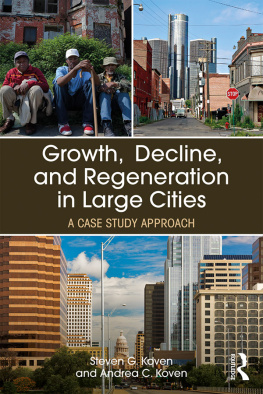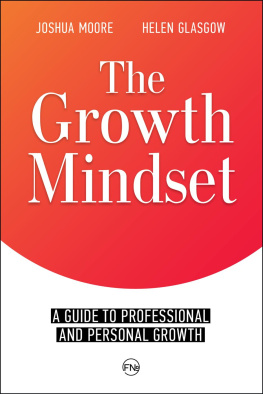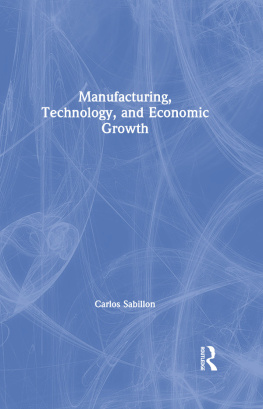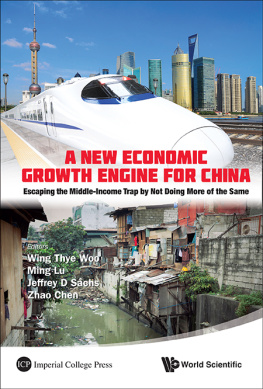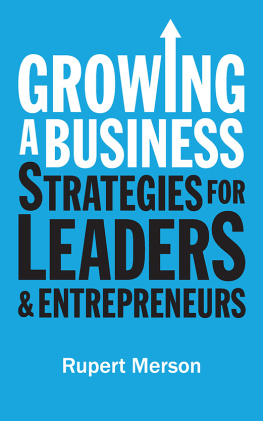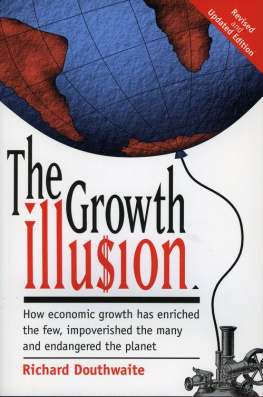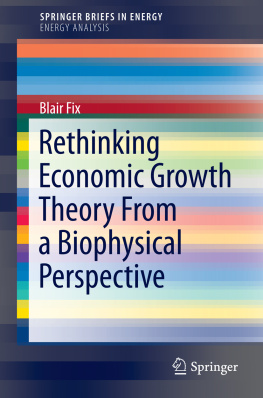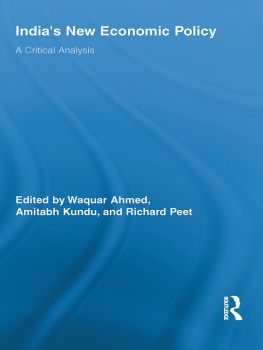First published 2001 by Ashgate Publishing
Reissued 2018 by Routledge
2 Park Square, Milton Park, Abingdon, Oxon OX14 4RN
711 Third Avenue, New York, NY 10017, USA
Routledge is an imprint of the Taylor & Francis Group, an informa business
Copyright Roberto J. Cavazos 2001
All rights reserved. No part of this book may be reprinted or reproduced or utilised in any form or by any electronic, mechanical, or other means, now known or hereafter invented, including photocopying and recording, or in any information storage or retrieval system, without permission in writing from the publishers.
Notice:
Product or corporate names may be trademarks or registered trademarks, and are used only for identification and explanation without intent to infringe.
Publishers Note
The publisher has gone to great lengths to ensure the quality of this reprint but points out that some imperfections in the original copies may be apparent.
Disclaimer
The publisher has made every effort to trace copyright holders and welcomes correspondence from those they have been unable to contact.
A Library of Congress record exists under LC control number: 2001090179
ISBN 13: 978-1-138-73041-0 (hbk)
ISBN 13: 978-1-315-18945-1 (ebk)
I thank all those who assisted me in this undertaking. In particular, Professor Brian J.L. Berry who has never ceased providing me with encouragement, guidance and sage advice. Similarly, Professors James C. Murdoch and Barry Seldon of The University of Texas at Dallas, have been key to this effort and to my academic career. Without their help and generous support, this work would not be complete.
Certainly, my family and many friends gave the encouragement and support to enable me to complete this study. All have contributed, and their support continues to aid me in all my professional efforts.
Why do some cities grow and others wither? Ever since the founding of the Republic there has always been some scheme or another afoot to attract individuals and business enterprises to a particular site. Since the early colonies to the eager embellishment of late 19th century boosterism and the creation of chambers of commerce, Americans have been quite determined to ensure continued growth for their cities. The question is what determines urban growth? Much has been written on particular causes and incidents which can explain the rise of one metropolis and the fall of another. Yet, these can be so specific as to be anecdotal. Can general tendencies be observed? Can theories used to explain the phenomenon of economic growth for larger centers of economic activity such as nations or regions be employed to find those characteristics which encourage the growth of cities? Most importantly, what if anything can be done by public authorities to encourage or create those characteristics which encourage growth. Their inquiries have variously addressed both institutions and tendencies amongst the populace of a nation and the extent to which these contribute to future growth and, in turn, to the well being of the populace and stability of the state. Most recently, scholars examining the process of economic growth have introduced new bodies of theory and new research methods to help determine whether incomes converge or diverge during the process of growth.
Two main theoretical approaches now are utilized to examine income changes during the process of economic growth. Endogenous growth theory predicts that incomes will diverge. Neoclassical growth theory predicts conditional convergence. Endogenous growth theory ascribes to technological innovation the role of engine of economic growth, via the existence of a positive feedback mechanism that permits increasing returns to scale. Neoclassical growth theorists remain true to principles of microeconomic theory and grant capital accumulation the role of engine of economic growth; technological progress occurs outside the model and thus is exogenous. Both theoretical approaches have found varying levels of empirical support.
Purposes of this Study
In this study the determinants of U.S. metropolitan area income growth between 1970 and 1990 are examined, and an evaluation of whether metropolitan incomes have converged or diverged is undertaken. Each of the theoretical approaches and empirical techniques utilized by contemporary researchers is deployed in a simultaneous attempt to evaluate the relative worth of proposed alternatives in the evolving body of growth theory. The strategy is to focus on three specific sets of questions that arise in the work of neoclassical growth theorists, and upon the alternatives that emerge from endogenous growth theory. I thus begin by asking:
First, whether U.S. metropolitan area economic growth as measured by growth in real per capita income can be explained via the traditional Solow-Swan neoclassical growth model, which predicts that incomes will converge over time.
Second, whether conditional" convergence of incomes has occurred among U.S. metropolitan areas, implying that incomes have converged, but only when controlled for varying levels of different factors such as population and technology.
Third, whether conditional convergence might arise from sector-driven growth, as predicted by regional growth theory.
The alternative is that metropolitan area growth can be more satisfactorily explained using endogenous growth models. If growth is endogenous, there will be income divergence.
Fourthly, I develop and test the alternative endogenous growth models and compare their performance with the neoclassical formulations to determine which provide more insightful explanations of metropolitan growth since 1970.
In what follows, the theoretical and empirical literature is reviewed in .
In this study growth refers to growth in real per capita income. Growth has long been a central concern for economists and other social scientists. Without much controversy one can say that poverty has been and continues to be one of the greatest sources of human misery the world over. A direct means by which to allay poverty is through economic growth. While growth may inflict costs and other challenges it nonetheless corrects a number of problems.
Early economists, most notably Adam Smith and David Ricardo, provided much of the current framework for analyzing the process and underlying determinants of economic growth. Smith looked to the division of labor and the resulting increase in productivity as an engine of growth. He also argued for reducing trade restrictions since an open economy would permit a nation to enjoy increased rates of economic growth. Ricardo devised the notion of diminishing returns. He argued that increased investment in, say, land tended to yield less than proportionate increments to output concluding that eventually growth would cease. This could only be delayed (but not avoided) through free trade (Rostow, 1990).
The first contemporarily recognizable approach to theorizing on the determinants of economic growth was undertaken by Alfred Marshall (Robbins, 1959). Marshall, unlike his major contemporaries, focused upon growth. It is likely, according to Robbins, that Marshall acquired this particular bent as he began his career translating the work of Mill and Ricardo into the mathematical propositions utilized in modern economics. In his work Marshall sets out with a number of propositions which focus on the determinants both of income growth and its distribution. His aggregate growth model is set out below:


